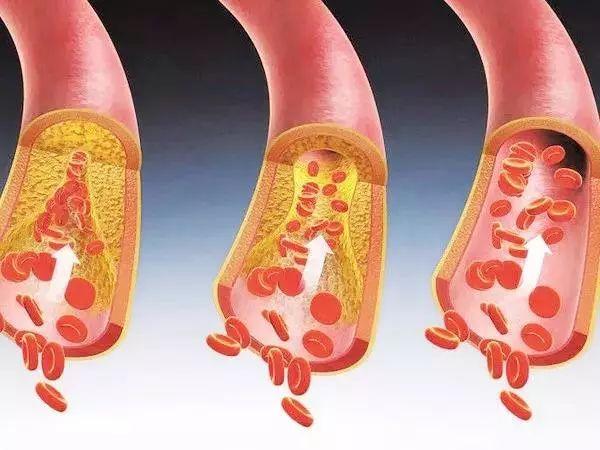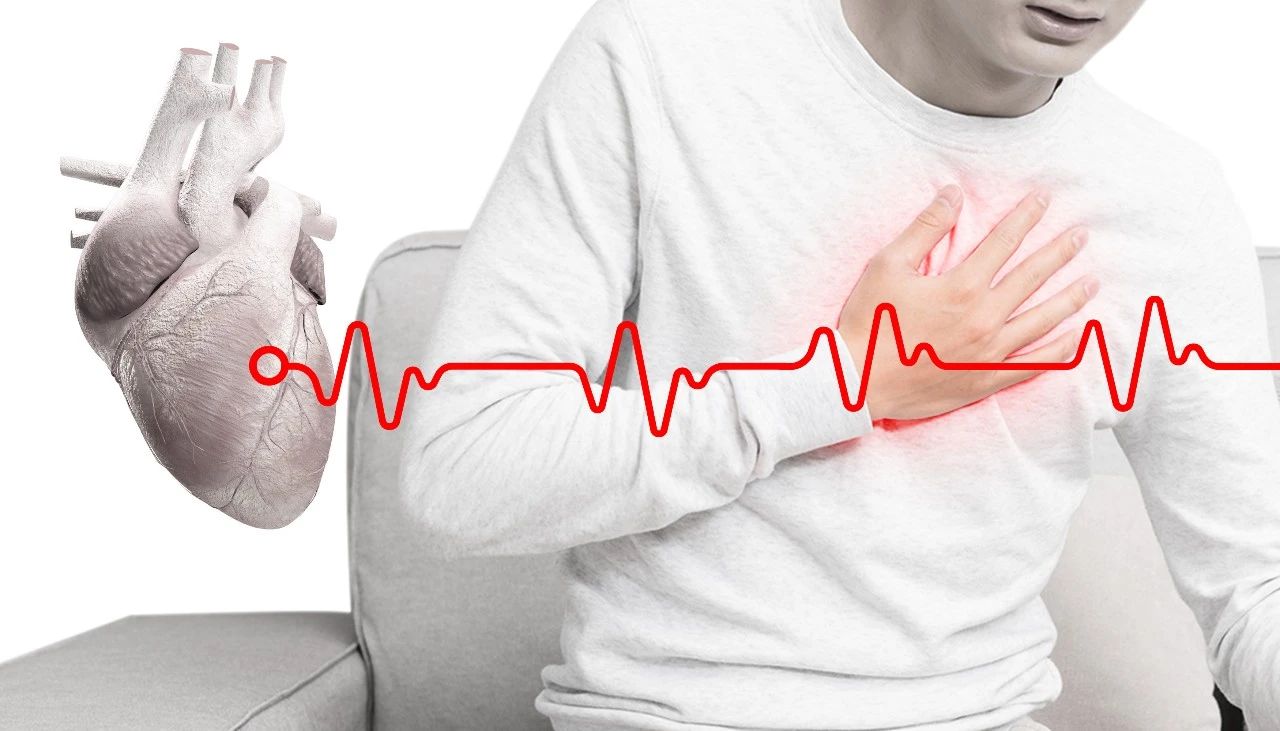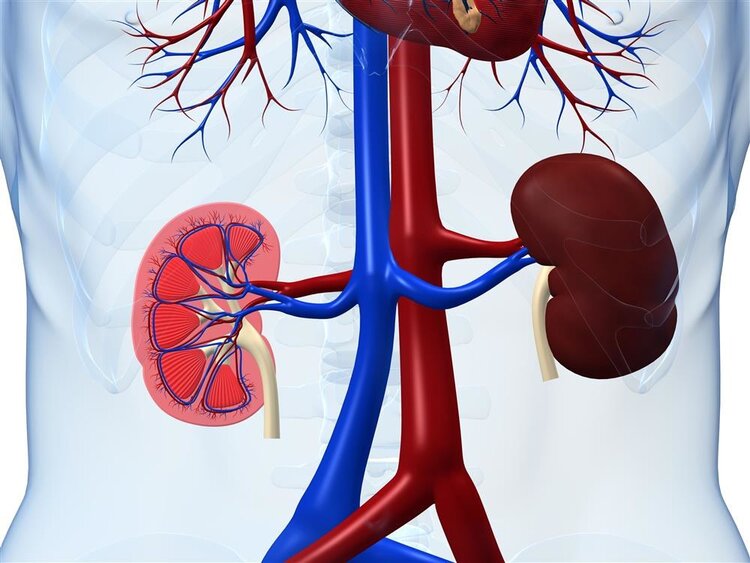In severe cases, procedures such as angioplasty, stent placement, or bypass surgery may be necessary to restore blood flow to affected arteries.
Clogged arteries, or atherosclerosis, can lead to a range of symptoms that vary depending on the severity and location of the blockages. Recognizing the signs and symptoms of clogged arteries is crucial for early detection and prompt treatment. If you experience any symptoms of clogged arteries, especially chest pain or stroke symptoms, seek immediate medical attention. Making lifestyle changes and managing risk factors can help prevent and manage clogged arteries, reducing the risk of complications such as heart attack or stroke. Regular medical check-ups and screenings are important for monitoring cardiovascular health, especially for individuals with risk factors such as high blood pressure, high cholesterol, diabetes, or a family history of heart disease.













